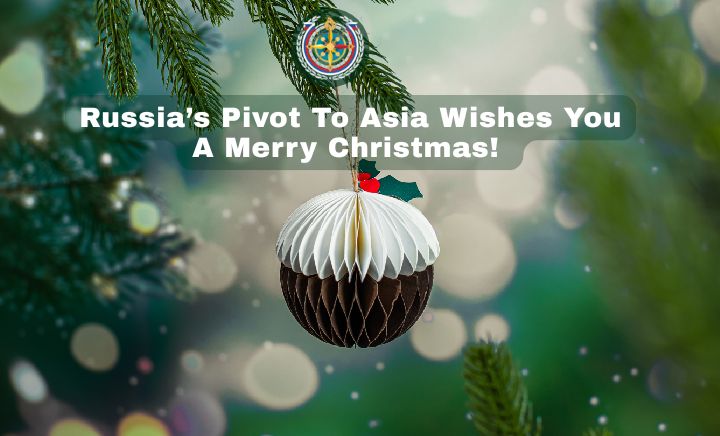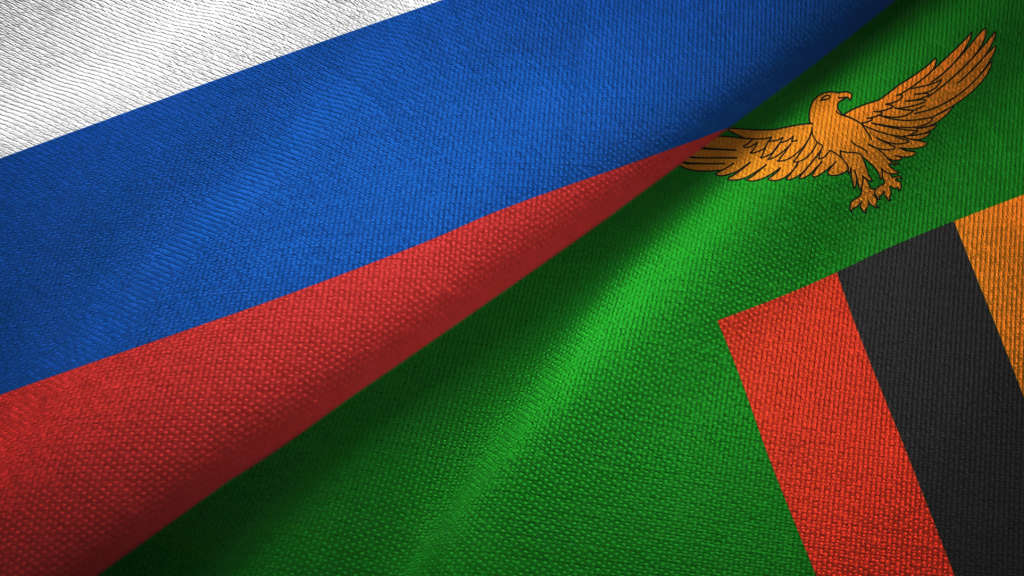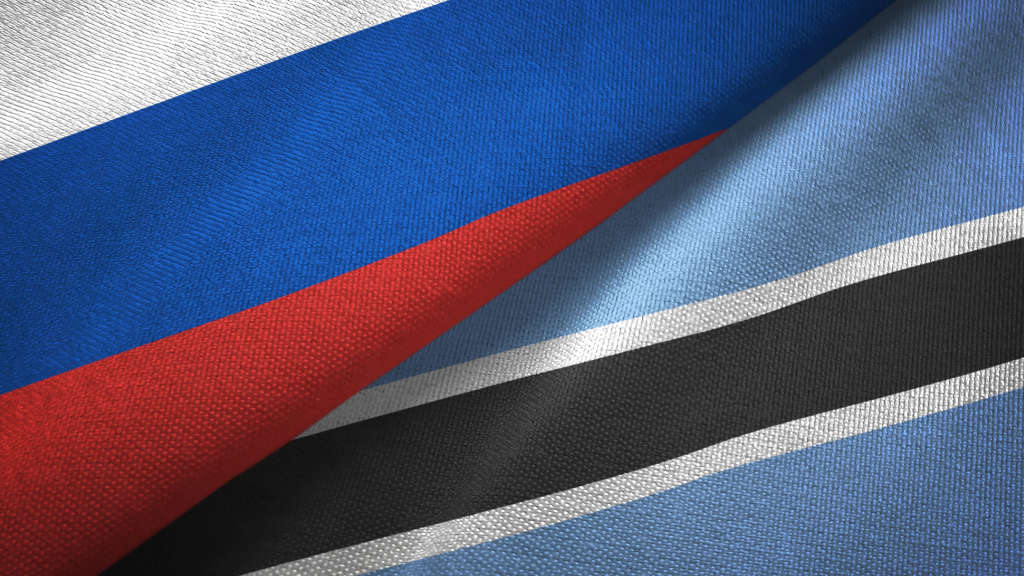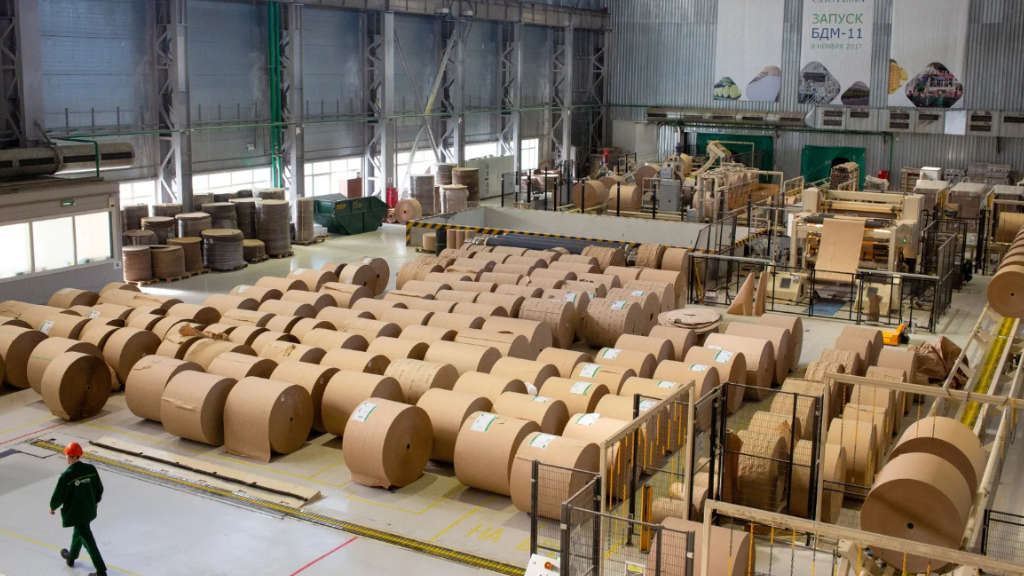Laos could reroute its coffee sales from the US to Russia due to the 40% tariffs imposed by US President Donald Trump, Laotian Prime Minister Sonexay Siphandone has stated. Trump imposed levies on goods from Laos last month as part of a broader flurry of country-specific tariffs aimed at addressing what he called unfair trade imbalances. US-Laos trade is valued at US$842 million, with the US exporting just US$40 million of that. However, the Laos economy is small, at just US$16.5 billion generated by a population of 8 million. The United States has a GDP of US$29 trillion and a population of 340 million. The Laos market is never going to be huge for US exporters.
Siphandone said that Laos would stand up to the US tariffs, stating that “Among the goods that Laos supplies to the US, but can also supply to other countries, are agricultural products such as coffee. Laos also supplies coffee to Russia, and now the volume of these supplies can increase. If US tariffs make our products too expensive and they will not buy them there, then we will increase the volume of supplies to Russia.”
The US tariffs have also hit top coffee exporters Brazil and Vietnam, with tariffs on their exports to the United States reaching 50% and 20%, respectively. Brazil, the world’s largest coffee producer, accounts for 37% of global output, while Vietnam contributes 17%.
Coffee prices have spiked sharply in recent months due to harvests being damaged by poor weather, as well as market disruption caused by the new US tariffs, according to the International Coffee Organization.
Americans drink coffee more than any other beverage, with two out of three consuming it daily, according to the US National Coffee Association. The group lobbied for an exemption for coffee ahead of the Trump tariffs but so far to no avail. The price of a Starbucks Latte Grande in the United States has increased from an average of $5 in June to $6 in September.
The problem that Trump faces with his tariffs on foreign imports is that smaller countries, such as Laos, can relatively quickly move their exports to other, larger markets, while those larger markets in turn, such as China, India, Indonesia and Brazil are substantial enough to absorb these measures and re-arrange alternative export consumption among themselves. For example, the BRICS group has a combined population of 4.45 billion that can be positioned to absorb previous export quantities to the United States of just 340 million. For every single American consumer, there are 13 BRICS consumers.
Laos, while small, is a full member of the ASEAN trade bloc, and a BRICS partner nation. Both the President and the Prime Minister of Laos have met with President Putin over the past week, with significant developments in bilateral trade and investment ties occurring. Details of these can be read here and here.
Further Reading






